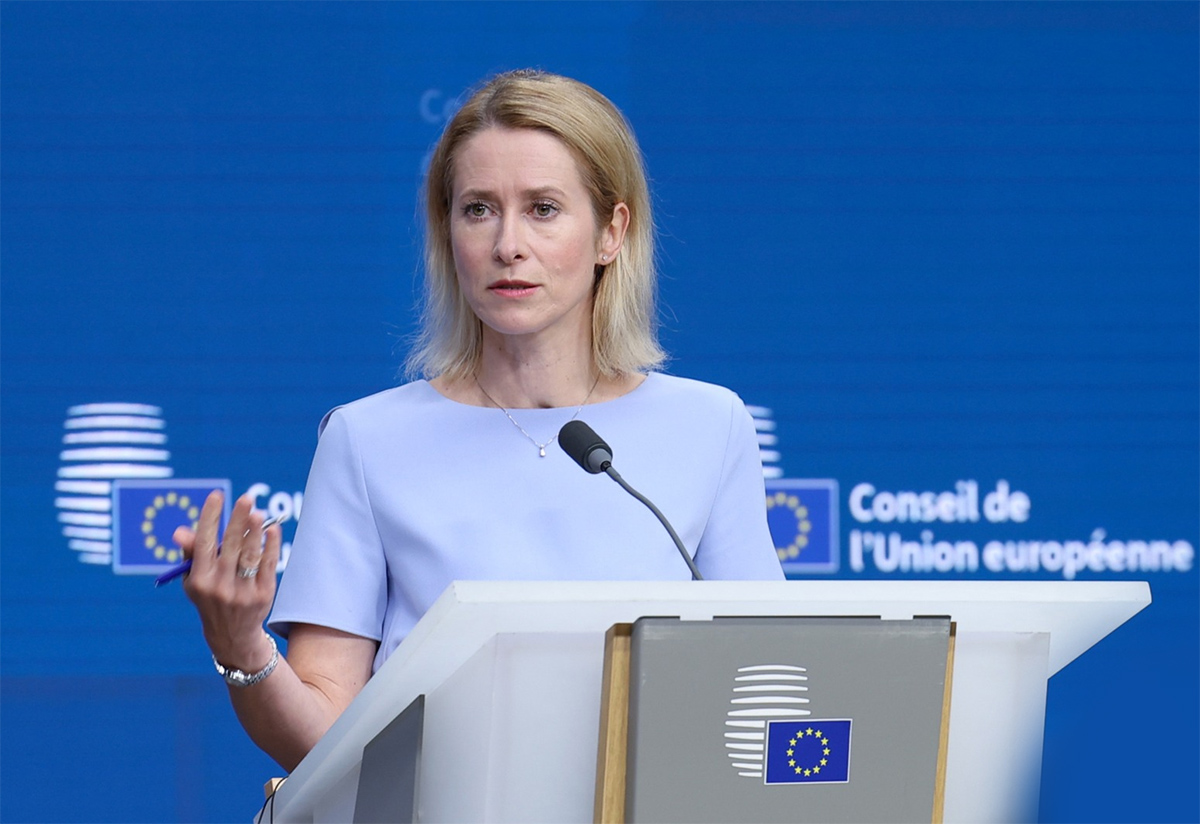EU Proposes 4 Defense Flagships to Strengthen European Security

The European Commission has proposed four “flagship” defense projects, including a system to combat drones and strengthen the eastern border, to prepare the EU for self-defense by 2030.
The Gaze reports on it, referring to Reuters and Interfax-Ukraine.
The proposals are contained in the “Preserving Peace - Defence Readiness Roadmap 2030” and reflect concerns about a possible Russian attack on EU members, reinforced by U.S. calls for Europe to strengthen its own defenses.
Commenting on the proposal, European Commission President of the European Commission Ursula von der Leyen noted that the roadmap proposes four European flagship initiatives: the European Drone Defence Initiative, the Eastern Flank Watch, the European Air Shield, and the European Space Shield.
"Today is delivery day. Our Roadmap will guide Europe to deliver on defence readiness by 2030. We are building on the unprecedented decisions we took during this year, which created a ‘big bang’ in defence spending and legal, industrial and political opportunities to boost defence production,” said Andrius Kubilius, Commissioner for Defence and Space.
The roadmap sets out clear objectives and milestones for closing capability gaps, accelerating defense investment, and ensuring EU readiness by 2030.
It also calls on member states to complete the formation of coalitions in nine key areas, including air and missile defense, mobility, artillery, cybersecurity, drones, land and naval combat systems.
Particular attention is paid to stimulating innovation and the sustainability of defense supply chains, as well as creating a harmonized European market for defense equipment to ensure speed and volume of deliveries.
The document will be submitted for consideration by EU member states at the next European Council meeting on October 22-23 in Brussels.
Two key projects — the European Drone Defense Initiative and Eastern Flank Control — aim to protect the air, land, and sea space at the EU's eastern borders.
The anti-drone project is planned to be put into initial operation by the end of next year, and “flank control” should be fully functional by the end of 2028. In addition, it is proposed to create a European Air Shield for missile defense and a European Space Shield for the protection of space assets.
A senior European Commission official stressed the urgent need to act due to incidents of Russian incursions into European airspace and explained that the anti-drone initiative should quickly identify gaps in capabilities: from radars and acoustic sensors to interception means — from electronic warfare and interceptor drones to kinetic solutions.
The official also noted that Ukraine is ready to share its experience in countering drones and to facilitate coordination between the military, research, and industrial circles of member states.
“This is an opportunity for Europe and member states to learn from Ukraine's approach to innovation, how to cooperate closely between military units, research and development departments, and how to achieve this very rapid cycle of innovation,” he said.
As The Gaze informed earlier, European Union foreign policy chief Kaja Kallas arrived in Kyiv on Monday for a high-level working visit that was aimed at coordinating the EU’s next package of support measures for Ukraine, including new funding tranches, energy stabilization initiatives, and military assistance.